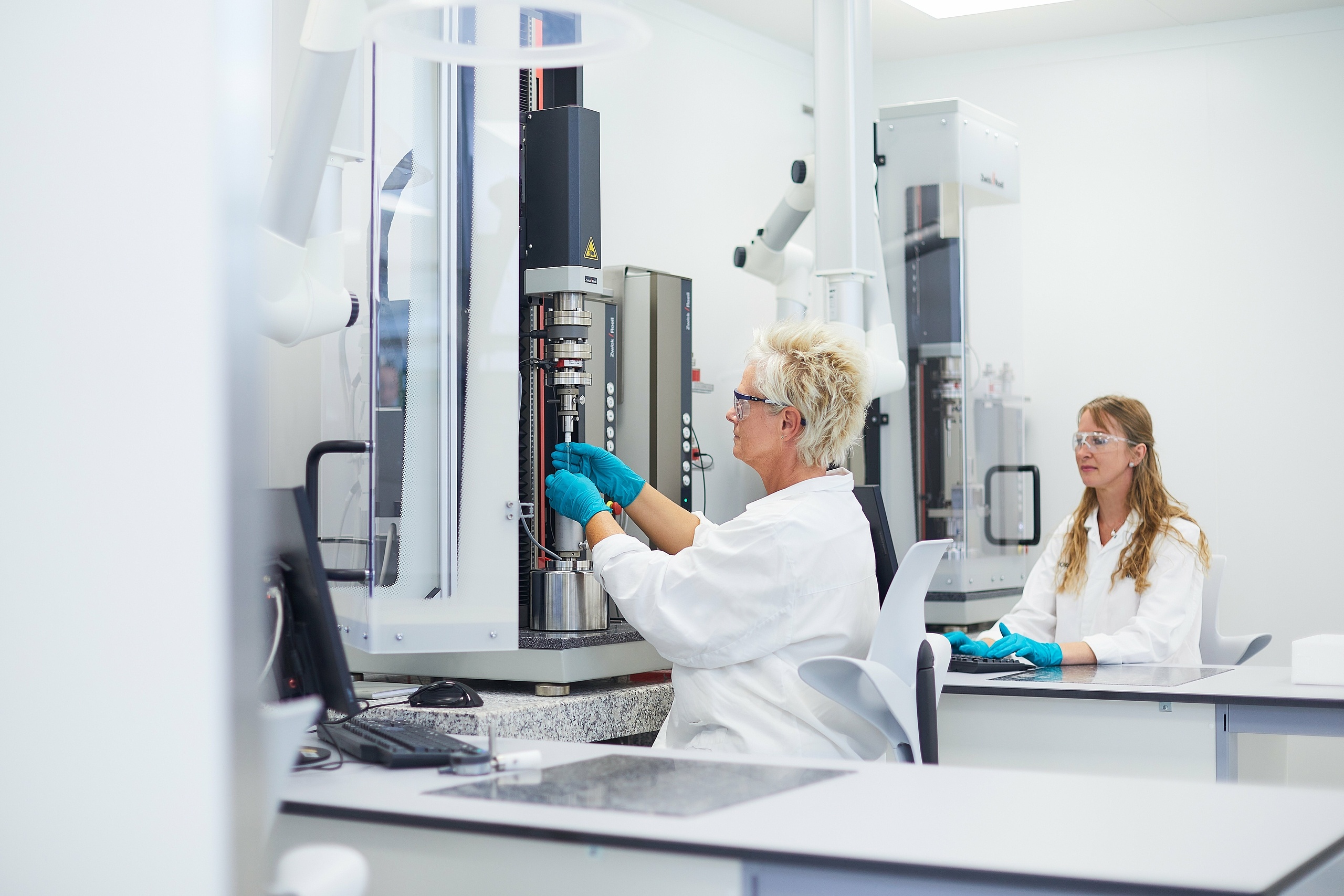
As new technologies and digital trends continue to emerge, the prospect of digitalization in the pharmaceutical industry is becoming ever-more promising.
But, while sectors such as the automotive industry have managed rapid digitalization, the pharmaceutical industry has lagged behind due to the complexity and diversity of this highly regulated field. Companies in the pharmaceutical and biotechnical industry all share these challenges—and Contract Development Manufacturing Organizations (CDMOs) face some distinctive obstacles as well. So, what are some of these challenges and how should these companies approach digitalization?
Challenge 1: Managing complexity
Digitalization can substantially improve the quality of key manufacturing processes like documentation and materials management, making them safer, more efficient, and more consistent.
But to realize these benefits, CDMOs must overcome greater complexity than their pharmaceutical industry counterparts in several key areas:
- Multiple types of laboratory testing equipment
While drug producers can use one type of equipment for a particular analysis, CDMOs may need many to accommodate customer choice. This creates a wide variety of details in test methods and processes that must be accounted for. - Diverse customers and products
The heterogeneous nature of CDMO customers and products leads to a multitude of different process variations. Attempting to digitize each process for each product for each customer can be challenging. - Interdependent projects and processes
Digitalization in the pharmaceutical industry isn’t a single project, but rather a comprehensive program that spans many interdependent sub-projects. For CDMOs, digitalization of one process will likely affect many projects.
CDMO Solution: Harmonize and standardize processes
To facilitate software-based digitalization, smart CDMOs are actively working to harmonize and standardize cross-divisional processes. Processes that can be aligned and unified and clearly define their ownership. Project managers at these organizations are also proactively working to map out any dependencies—as well as potential synergies - between their many workflows and projects.
Challenge 2: Staying flexible
While process standardization is necessary for digitalization in the pharmaceutical industry, CDMOs must still fulfill individual customer needs.
For example, different customers frequently use different vocabulary and taxonomies in their production specifications, which creates multiple process variants that need to be accounted for during production.
CDMO Solution: Build adaptability into digitalized systems
As this example shows, digitalization is no guarantee of flexibility. This quality has to be a key consideration in the design of the systems CDMOs create to manage their processes.
In the example used above, for instance, including predefined text modules that cover all important aspects of product specifications can help meet both standardization and flexibility requirements.
Challenge 3: Getting your company on board with digitalization
Digital transformation can have a direct impact on the personnel in your pharmaceutical organization. If the process is not explained well or concerns are not taken seriously, teams and individuals may not adopt the new system.
Many factors can influence an organization’s attitudes toward the value and attractiveness of digitalization:
- Generation gaps
- Educational levels
- Digital vs. non-digital natives
- Varying types of stakeholders
- Corporate mission statements
CDMO Solution: Create a dedicated transformation team ASAP
A well-trained, focused digital taskforce can be a vital resource. Together, they can perform a sophisticated stakeholder analysis, manage customers’ concerns and expectations, and help maintain a smooth-functioning culture and workplace throughout the digitalization process.
Challenge 4: Knowing what to digitalize - and what not to digitalize
Digitalization in the pharmaceutical industry covers a vast expanse of technologies in virtually every part of a CDMO – but innovation a CDMO pursues should always be one that will add value.
While there may be significant potential in Machine Learning, Artificial Intelligence, Blockchain, and Big Data, adopting these technologies purely for the sake of innovation can be a costly mistake.
CDMO Solution: Focus on initiatives that add value
Smart CDMOs focus on initiatives that can increase quality and efficiency. Start by identifying low-hanging fruit—relatively small projects that will generate quick wins. For example, replacing a data-entry book at a visual inspection workstation with a tablet is simple for users to learn, and can add value through efficiency.
While these initiatives are underway, identify projects that may require greater effort but bring far greater value. For example, completely redesigning a formerly paper-based, manual data-transfer system is far more complex.
But having a system that automatically sends data from laboratory measuring equipment to storage and processing software could be well-worth that effort.
Clearing the path to innovation
If executed properly, digitalization in the pharmaceutical industry can have a positive impact on product and process quality. For CDMOs, that means managing complexity without sacrificing flexibility for our customers, ensuring a smooth transformation for everyone at the organization, and strengthening the entire value chain.
At Vetter, we put these benefits to work every day, for every project, for every partner.



